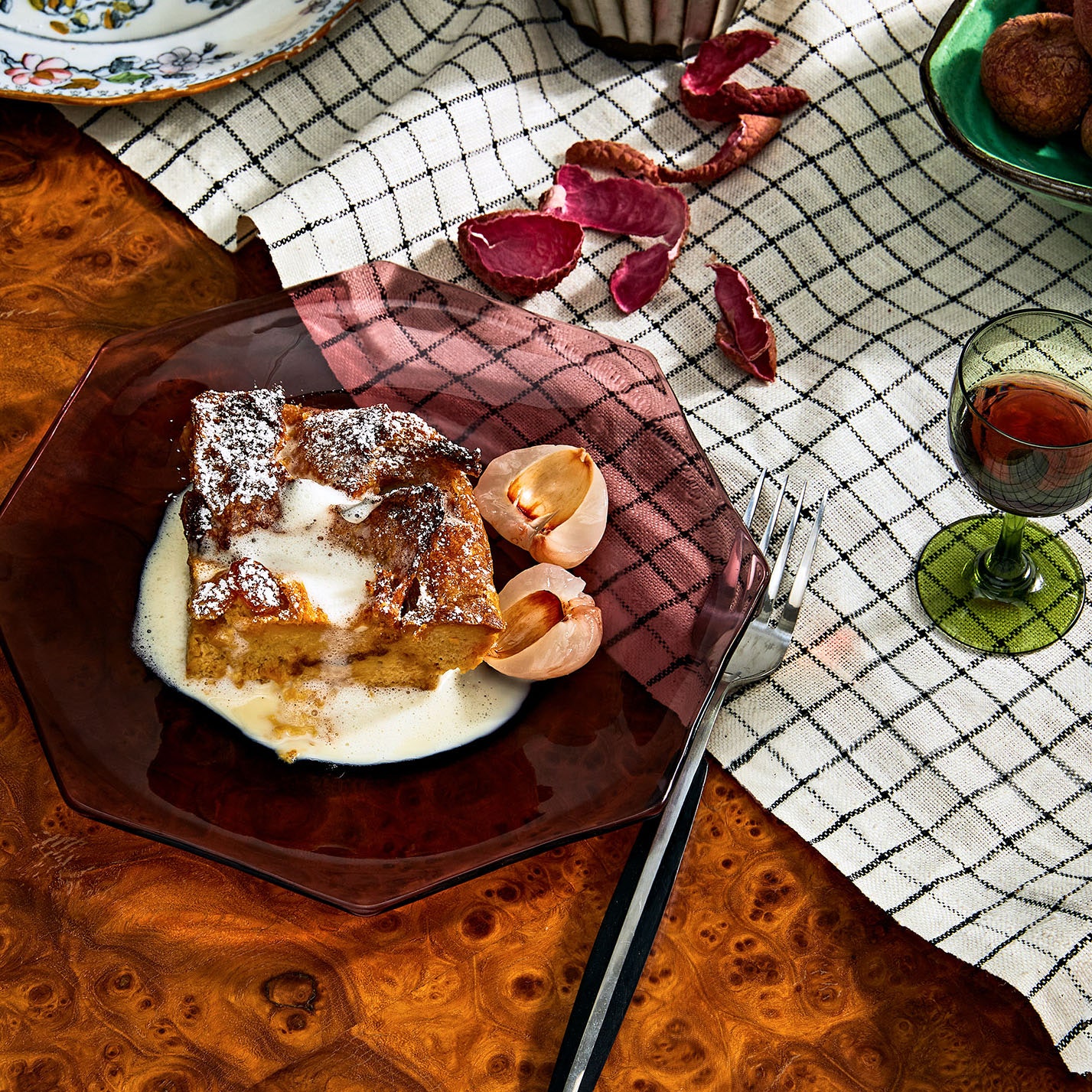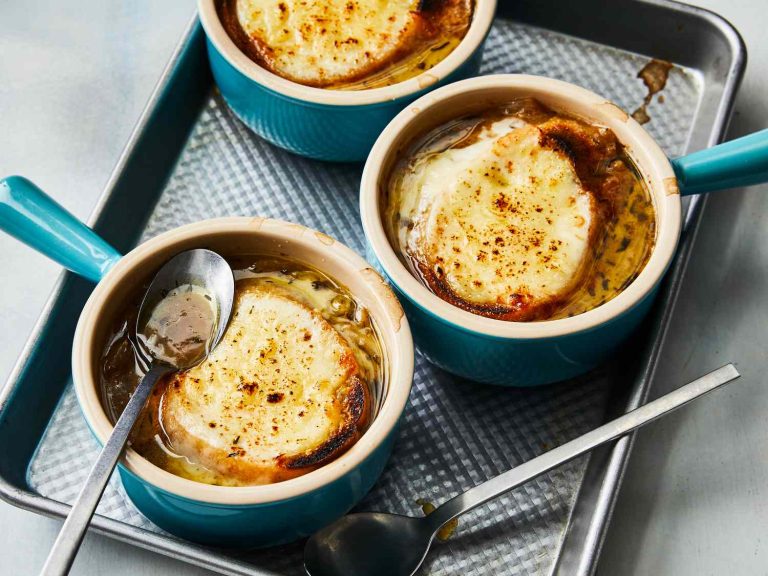British Bread Pudding: History, Recipes, and Nutritional Benefits Explored
British Bread Pudding traces its roots back to the 13th century when frugality was a necessity rather than a choice. Known initially as “poor man’s pudding,” it allowed households to make the most of stale bread. Over the centuries, the recipe evolved with occasional refinements like adding dried fruits (raisins, sultanas) and spices (cinnamon, nutmeg). Moving into the Victorian era, the dish became synonymous with comfort food, firmly establishing itself within British culinary traditions.
Comparison with Other Regional Desserts
British Bread Pudding differs significantly from other regional desserts in its use of leftover bread as a base ingredient. Unlike Bread and Butter Pudding, which uses buttered slices of bread soaked in custard, Bread Pudding utilizes mixed bread cubes with milk, sugar, and eggs, resulting in a denser texture. In contrast, American Bread Pudding typically incorporates bourbon sauce or caramel toppings, adding a distinctive flavor profile. French Pain Perdu, often sweetened with sugar and vanilla, leans more toward a breakfast item than a dessert.
Ingredients of Traditional British Bread Pudding
Key Ingredients
For traditional British Bread Pudding, essential ingredients define its characteristic taste and texture.
- Stale Bread: Use approximately 8 slices of stale bread, which absorb the flavors better. White or whole grain varieties work best.
- Dried Fruits: Incorporate 1 cup of a mixture of raisins, currants, and sultanas for a rich, sweet flavor.
- Milk: Around 2 cups of milk soften the bread while adding a creamy texture.
- Sugar: Mix 1 cup of sugar, preferably brown sugar, for a deeper taste.
- Eggs: Bind the mixture with 2 large eggs, ensuring a cohesive texture.
- Butter: Melt 1/2 cup of unsalted butter to enhance richness.
- Spices: Add 1 teaspoon each of ground cinnamon and nutmeg for warmth and depth.
- Zest: Use the zest of one lemon to add a hint of freshness.
Alternative Ingredients for Dietary Needs
Consider these substitutions to accommodate dietary restrictions.
- gluten-free Bread: Opt for gluten-free bread slices to make the pudding suitable for those with gluten intolerance.
- Dairy Alternatives: Replace cow’s milk with almond, soy, or oat milk for a dairy-free version.
- Sugar Substitutes: Use 1 cup of coconut sugar or an artificial sweetener like stevia for a lower-glycemic option.
- Egg Replacements: Substitute eggs with flax eggs (1 tablespoon of flaxseed meal + 3 tablespoons of water per egg) for a vegan version.
- Vegan Butter: Use the same amount of vegan butter for a completely plant-based recipe.
Adjust ingredient ratios slightly if necessary to maintain the right consistency and flavor profile while adhering to dietary restrictions.
Preparing British Bread Pudding
Step-by-Step Cooking Process
- Gather Ingredients
Collect all ingredients before starting. Ensure you have stale bread (about 8 slices), dried fruits (such as raisins or currants), milk, sugar, eggs, butter, spices (like cinnamon and nutmeg), and zest (optional). - Prep Bread and Fruits
Cut stale bread into cubes. Soak dried fruits in warm water for about 15 minutes to plump them up. - Mix Wet Ingredients
In a large bowl, combine milk, sugar, and eggs. Whisk until well mixed. Add melted butter and mix again. - Combine Bread and Mix
Add bread cubes to the bowl with wet ingredients. Stir until bread pieces are thoroughly coated. Let it sit for about 10 minutes to absorb the liquid. - Add Dried Fruits and Spices
Drain and pat dry the soaked fruits. Stir them into the bread mixture along with spices and zest. - Bake
Preheat oven to 350°F. Pour the mixture into a greased baking dish. Bake for 45-50 minutes or until a toothpick inserted in the center comes out clean. - Cool and Serve
Allow the pudding to cool slightly before serving. Optional: drizzle with a vanilla sauce or sprinkle with powdered sugar for added flavor.
- Use Stale Bread
Stale bread absorbs liquid better, ensuring a firmer texture. Fresh bread can make the pudding too soggy. - Soak Fruits
Soaking dried fruits makes them juicier and prevents them from drying out during baking. - Balance Spices
Adjust spices to your taste, but moderation is key to avoid overpowering the pudding’s flavor. - Monitor Baking
Ovens vary, so check the pudding after 40 minutes. The top should be golden brown, and the center should be set. - Serve Fresh
Bread pudding tastes best when served fresh. If reheating leftovers, do so in the oven to retain texture.
Following these steps and tips ensures a delicious British Bread Pudding with an authentic, comforting texture and flavor.
Serving and Enjoying British Bread Pudding
Traditional Accompaniments
Serve British Bread Pudding with classic accompaniments to enhance its traditional flavors. Custard sauce, made from milk, egg yolk, sugar, and vanilla, provides a creamy complement. Pour hot or cold custard over the pudding for added richness. Whipped cream is another popular option, offering a light and airy texture that contrasts with the dense pudding. You may also consider clotted cream, known for its thick and slightly tangy taste, which pairs well with the sweetness of the pudding. For a simple yet flavorful experience, add a sprinkle of powdered sugar before serving.
Modern Twists On Serving
Experiment with contemporary variations to bring a fresh perspective to British Bread Pudding. Serve it with a scoop of vanilla ice cream to create a delightful hot-and-cold dessert experience. Drizzle caramel or chocolate sauce for an extra layer of indulgence. Incorporate fresh fruits like berries, sliced bananas, or poached pears to introduce natural sweetness and texture contrasts. For adults, consider adding a splash of liquor, such as rum or brandy, to the bread pudding or its accompaniments for a sophisticated twist. Using flavored syrups or nuts can also add unique dimensions to this classic dessert.
Nutritional Information
Caloric Content
British Bread Pudding delivers approximately 250-300 calories per serving. Several factors influence this range, including portion size and specific ingredients used. Typical serving sizes measure about 100 grams. Given its ingredients like bread, milk, sugar, eggs, and dried fruits, the dish combines energy-dense components. Those with calorie-focused diets may need to adjust serving sizes accordingly to meet dietary goals.
Nutritional Benefits
Despite its densely caloric nature, British Bread Pudding offers several nutritional benefits. The inclusion of eggs and milk provides protein, crucial for muscle repair and growth. Dried fruits contribute essential vitamins and minerals such as iron, potassium, and fiber, aiding in digestion and overall health. Butter and nuts, if included, supply healthy fats that support brain function. When enjoyed in moderation, British Bread Pudding can be a delicious source of sequential nutrients, complementing a balanced diet.
Conclusion
British Bread Pudding is more than just a dessert; it’s a delicious piece of history that has evolved to suit various dietary needs. With its rich combination of flavors and nutrients, it offers a wholesome treat that can be enjoyed in moderation. Whether you’re looking to indulge in a traditional recipe or adapt it for a healthier lifestyle, this classic dish provides a versatile and satisfying option for any occasion. So go ahead and savor the delightful experience of making and enjoying British Bread Pudding, knowing you’re partaking in a centuries-old culinary tradition.






